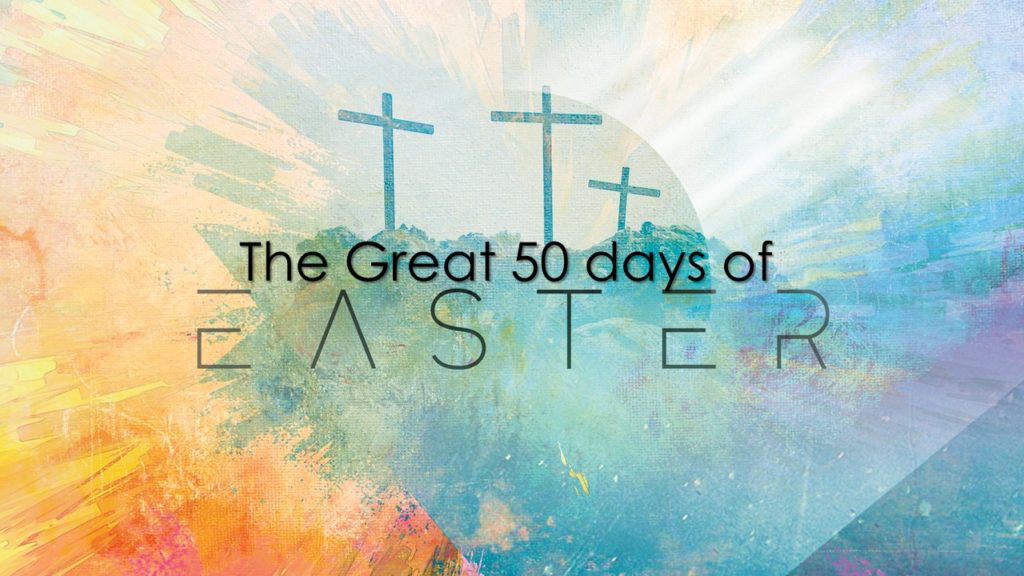
From Ministry Matters – “What Changed after the Resurrection”?
“….We can pile on all the theological implications we want to the resurrection, but they don’t change the fact that even as Jesus was walking out of the empty tomb people in his own country were still dying, still suffering under the oppression of the Roman empire, still being taken advantage of by their neighbors, still suffering and causing others to suffer. It’s continued that way for some 2,000 years now as if nothing happened that holy morning.
“When you think about it that way or when you simply turn on the nightly news, it becomes hard not to ask if anything actually did change after the resurrection and, at least in my case, just as difficult to find the energy to get excited about Easter when the promises of Easter seem like they’re still going unfulfilled.
“But hope is not lost. As challenging as my academic predecessor’s question appears and indeed is, it’s not the question we should be asking.
“Because the Church doesn’t believe something changed after the resurrection. We believe something is changing.
“It’s a subtle difference, but a profoundly important one. As Christians, we are not naïve enough to believe that Jesus walked out of the tomb that first Easter morning and in an instant everything changed, all things were made new and suffering and death were no more. As Christians, we believe that when Jesus walked out of the tomb that first Easter morning everythingbegan to change, all things began to be made new and the reign of suffering and death was finally beginning to come to an end. But in believing thusly, we also profess that the kingdom of God is a present but not yet fully realized reality, and it won’t be fully realized until our Lord returns again.”

Richard Rohr’s sermon preached All Saint’s in Pasadena follows readings from Acts 5:27-32 and John 20:19-31 and pushes us to broaden our visions of the risen Christ as the passage above. “The Resurrection is not a one-time miracle but the revelation of how reality works: that nothing truly dies.” Here is the link.


 Easter 3
Easter 3

